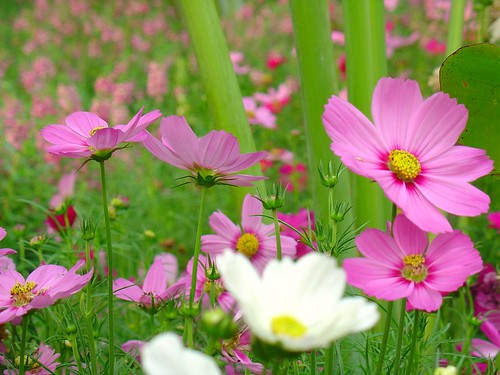So you've booked your once in a lifetime safari trip to Africa and now your thoughts turn towards photographing all the wildlife you are going to encounter on your adventure.
It would be a great shame to come across your first African pride of lions and not have some decent pictures of the memorable event to show your friends and family back home.
Unfortunately many people who go on safari don't realize that the camera lens you take with you will be the deciding factor between getting wildlife photos where the subject is an unrecognizable blob in a sea of vegetation compared to a crisp, tightly framed image of that black maned leader of the lion pride.
I've been practicing wildlife photography on safari for over twenty years now and I've learnt which are the best lenses to arm yourself with when you go into the African bush to capture lasting, quality images you will be proud to display to anyone.
My recommendations here are for the occasional wildlife photographer such as someone going on an African safari and not for professional wildlife photographers as they have different needs when it comes to camera lenses because they take photographs for a living.
To help you choose a lens to take with you on safari, here is a list of the factors you need to take into account before putting your money down...
1. Size Of The Lens
Anything less than a 300mm lens for the big game you will encounter on safari like lion, rhino, elephant etc will be too small. A 400mm lens will allow you to get good pictures of the smaller animals like bushbuck, vervet monkey and the like. If you are aiming for bird photographs then a 600 mm lens will do the trick.
2. Your Budget
It's very easy to find lenses that cost thousands of dollars but if you are primarily going to be using it for your safari trip and maybe a smattering of wildlife photography after that, you shouldn't be spending more than a few hundred dollars. It is possible to get a lens of high enough quality for your purpose in that price range.
3. Image Stabilization
It's not imperative but if you can get a lens with an image stabilizer it's a huge advantage on a safari because you can handhold the lens without too much fear of blurring in good light which is especially useful if you are not next to a window in the safari vehicle or don't have enough space to position your beanbag or tripod.
4. Zoom Ability
On safari one lens is better than two because of the nature of your subject. When you come across a leopard you won't have time to switch lenses on your camera body because they tend not to stick around for too long so one lens with a good zoom is a big advantage to capture the very shy wildlife you will encounter. Another reason not to change lenses is that dust that is prevalent on an African safari can cause the camera mechanisms to clog up.
So keep these four factors in mind before you make your purchase and if you can find a lens that conforms to all the above requirements than you have a winner.
Here is how to choose the best wildlife camera for your safari and which specific cameras come out tops in the compact and SLR categories.
These are the four best African photo safari National Parks and Game reserves.
Article Source:
http://EzineArticles.com/?expert=Bruce_Whittaker

